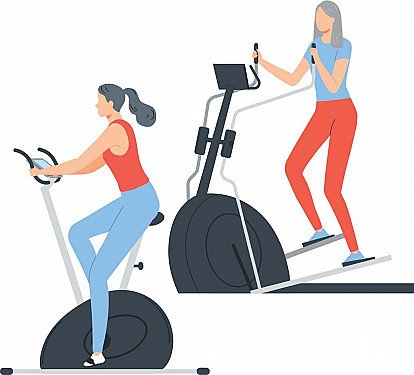Simple tips to protect your joints
Medical professionals are an important part of managing arthritis. For example, your doctor can make sure you're taking the right medications, and physical or occupational therapists can help you find safe and effective ways to exercise and modify your daily activities. But ultimately, the day-to-day work of managing your arthritis falls to you.
One way you can be active in managing your arthritis is by adapting your daily routine to relieve pressure on your joints. The following techniques can help you avoid stiffness and lighten the burden on your joints.
Keep moving. Avoid holding one position for too long. When working at a desk, for example, get up and stretch every 15 minutes. Do the same while sitting at home reading or watching television.
Minimize the stress on your joints. Avoid positions or movements that put extra stress on joints. For example, opening a tight lid can be difficult if you have hand arthritis. One solution is to set the jar on a cloth, lean on the jar with your palm, and turn the lid using a shoulder motion. Better yet, purchase a wall-mounted jar opener that grips the lid, leaving both hands free to turn the jar.
Discover your strength. Use your strongest joints and muscles to your advantage. To protect finger and wrist joints, push open heavy doors with the side of the arm or shoulder. To reduce hip or knee stress on stairs, lead with the stronger leg going up and the weaker leg going down.
Plan ahead. Simplify life as much as possible. Eliminate unnecessary activities (for example, buy clothing that doesn't need ironing). Organize work and storage areas; store frequently used items within easy reach. Keep duplicate household items in several places; for example, stock the kitchen and all bathrooms with cleaning supplies.
Use labor-saving items and adaptive aids. In the kitchen, use electric can openers and mixers. In the bathroom, cut down on scrubbing by using automatic toilet bowl cleaners and, in showers or tubs, spray-on mildew remover. Other devices on the market can help you avoid unnecessary bending, stooping, or reaching.
Make other home modifications. Using casters on furniture can make housecleaning easier. Make sure your bed is at the right height so it is easy to get in and out of. Putting a bathing stool in the tub or shower is a good idea for people who have arthritis in the legs.
Ask for help. Achieve a balance by educating family members and friends about your arthritis and the limitations it imposes and enlisting their support. Ask for help with specific tasks.
For more about diagnosing and treating osteoarthritis, buy Living Well with Osteoarthritis, a Special Health Report from Harvard Medical School.
Disclaimer:
As a service to our readers, Harvard Health Publishing provides access to our library of archived content. Please note the date of last review or update on all articles.
No content on this site, regardless of date, should ever be used as a substitute for direct medical advice from your doctor or other qualified clinician.















